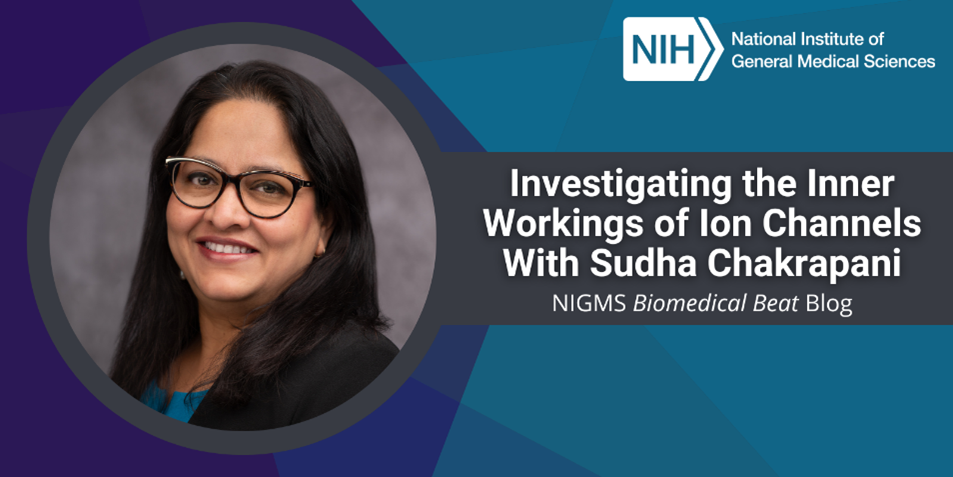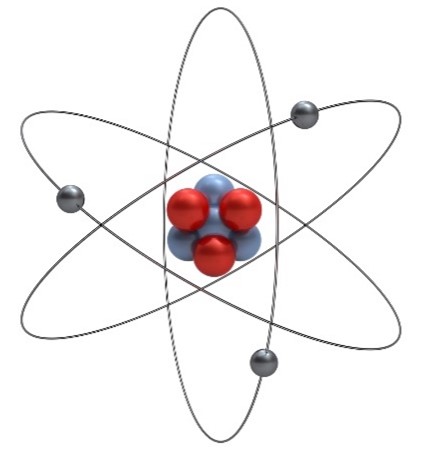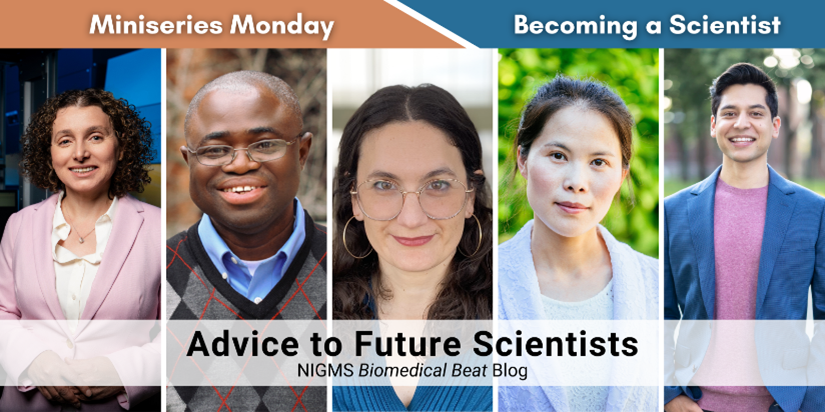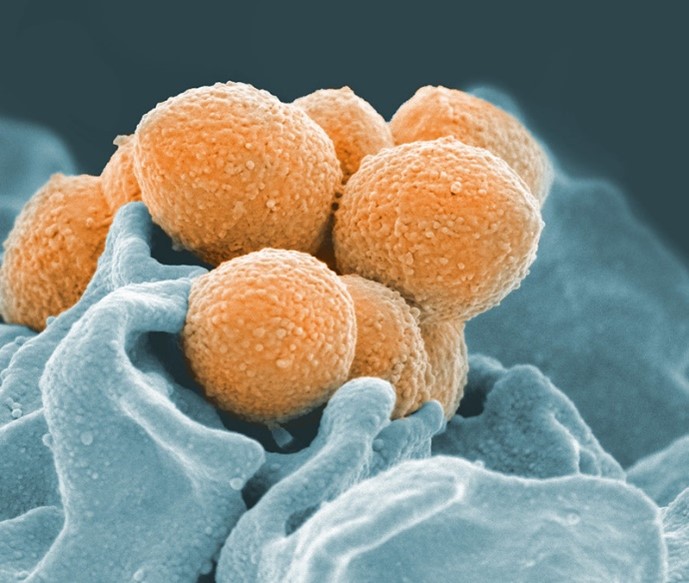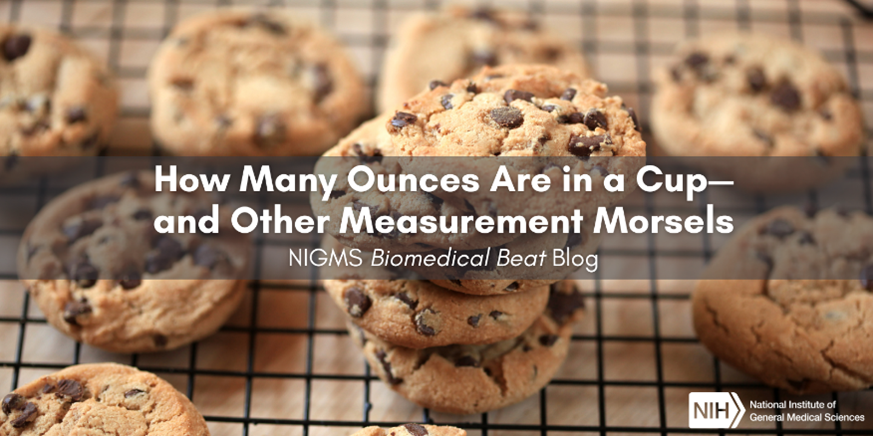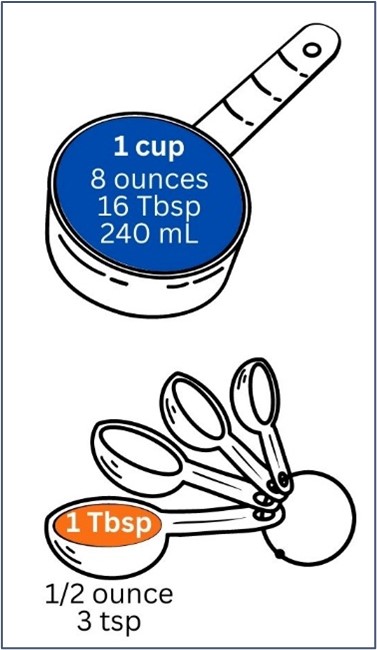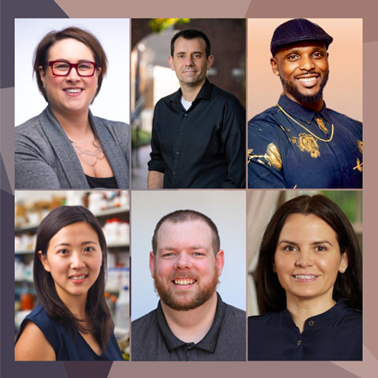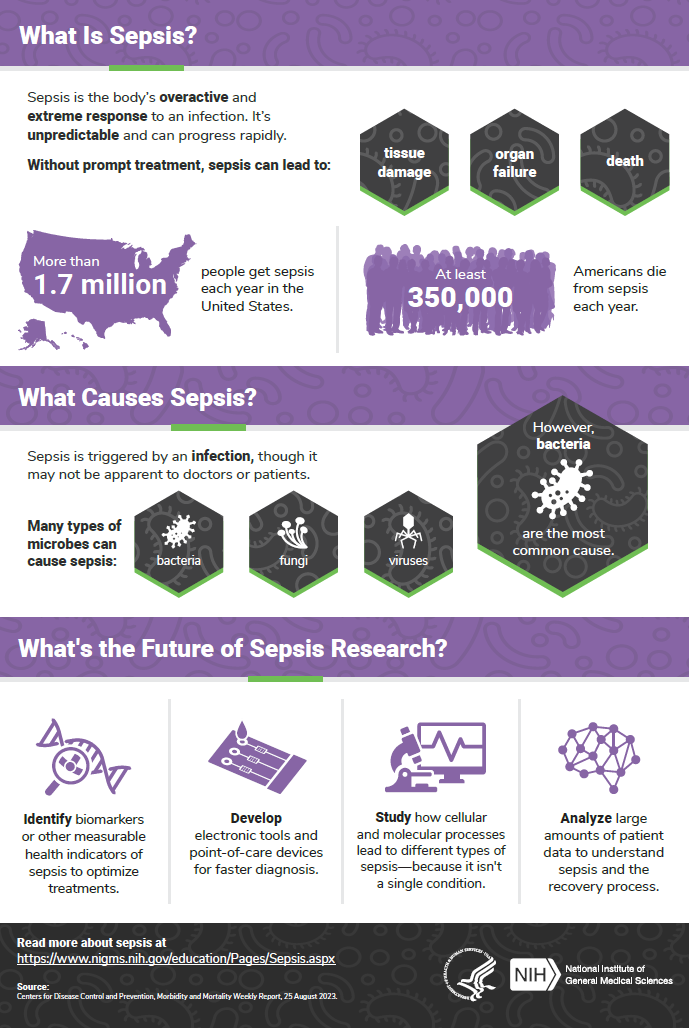
“Curiosity was a central theme in my learning process,” says Sudha Chakrapani, Ph.D., a professor and chair of the department of pharmacology at Case Western Reserve University in Cleveland, Ohio. As a high schooler in India, she especially enjoyed her science classes because they fostered her curiosity and allowed her to ask more questions than other subjects did. She was curious about how to use science to solve the challenges she and her community faced, like access to safe drinking water. Seawater surrounded them, so could they find a way to convert it into drinking water?
As part of India’s annual National Teachers’ Day celebration, high school seniors take on the role of educators and teach their younger peers for the day. Dr. Chakrapani loved the experience, and it solidified what she already knew: She wanted to go to college to be a science teacher. After earning her bachelor’s degree, she entered back-to-back master’s programs in biochemistry and biomedical engineering, where she had the opportunity to do hands-on research.
Continue reading “Investigating the Inner Workings of Ion Channels With Sudha Chakrapani”

